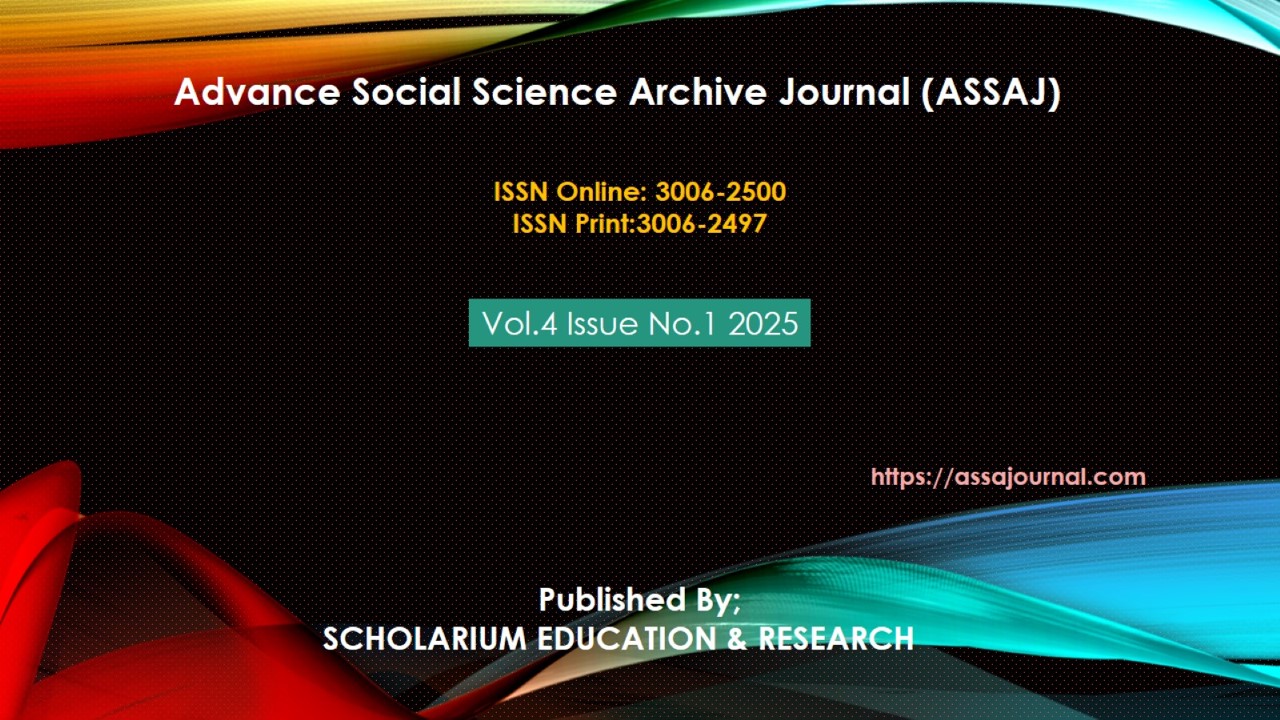From Barriers to Pathways: Understanding the Hopes of Secondary-Level Students with Physical Impairments in Punjab
https://doi.org/10.5281/zenodo.17165784
Abstract
This study investigated the academic, career, social, and emotional hopes of secondary-level students with physical impairments in Punjab, Pakistan, through a convergent parallel mixed-methods design. Quantitative data were collected from 200 students using the Hope Assessment Questionnaire for Students with Physical Impairments (HAQS-PI), while qualitative data were obtained from 20 students through semi-structured interviews. Quantitative findings revealed high levels of hope, particularly in academic determination and emotional resilience, with gender differences indicating higher academic and emotional hope among girls and stronger social hope among boys. Correlation analyses identified peer relationships and family support as the strongest predictors of hope, followed by teacher attitudes and school environment. Qualitative narratives emphasized proactive coping strategies, reliance on faith, and aspirations for educational attainment, social acceptance, and professional achievement, while also highlighting barriers such as infrastructural inaccessibility, negative cultural attitudes, and limited career guidance. The integration of findings underscored both convergence and divergence between data strands, illustrating how resilience and systemic challenges coexist. The study concludes that hope serves as a protective psychological asset that empowers students with physical impairments to sustain aspirations despite adversity. It recommends strengthening inclusive policies, enhancing teacher training, improving school infrastructure, and providing structured career counseling to transform systemic barriers into pathways of empowerment.
Keywords: hope, physical impairments, inclusive education, resilience, Punjab





